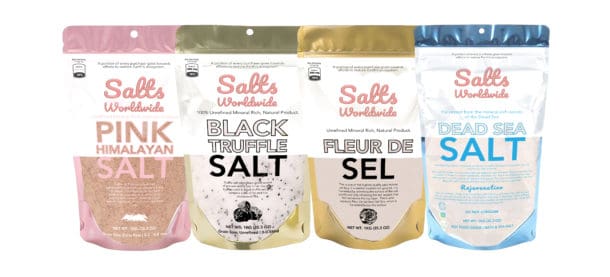Himalayan Sea Desertification
It is said that the Himalayan Sea is formed by rivers that reach into the Himalayas and then feed into the valleys. Then the valley is filled with water until the source has dried up. This process of sinking is known as the desertification of the Himalayas.
The salt flats on either side of the river valley are filled with natures treasures including some of the richest and rarest precious minerals in the world. At one point these flats are covered by a beautiful white sand, called sandalwood. Then the river gets below and begins to erode.
The reason for this desertification of the Himalayas is the presence of precious minerals such as copper, silver, gold, uranium, beryllium, potassium and lithium. All these minerals are found at the lowest levels of the salt flats. So, when the rivers reach these depths they are covered by an invisible film of salts.
When these salts worldwide start to lose their impurities they dissolve into the water causing the seawater to be deposited on the mountains of the Himalayas. Here the first deposits of salt are metamorphosed to salt crystals.
After that, the runoff starts from the Himalayan plains and mixes with the salt crystals. Eventually it drains into the Indian Ocean and fertilizes the saline beds of the Arabian Sea.
When the Himalayan Sea was formed millions of years ago it was formed along with some of the most fertile sea beds. These beds were full of fresh water and gradually they all dry up and evaporate, leaving behind a flat surface.
At this point the salty desert started to build up. At the same time the atmosphere became richer than ever before due to carbon dioxide released from the weathering of the seas.
This stage is known as the desertification of the Himalayas and as the name implies, it is due to the mass production of the salt flats. The mass is being transported by means of the rivers, till it reaches the valleys. Here it settles and forms the saline deposit.
The next stage happens when the low-lying land masses start to develop. The rivers that were able to move through the desert to reach the center of these areas.
When they meet the valleys they form the rivers which then deposit the salt on the surface of the valleys. In this way the valleys and plains get the first source of water.
These valleys and plains get covered with salt crystals that stick to the surface layers of the sand. As the rivers move towards the center of the region they find the easiest places for evaporation of the liquid.
The river eventually reaches the freshwater inland sea and empties into the Indian Ocean. Because of this the salt has been replaced by freshwater and therefore the state of salinity is almost lost.



